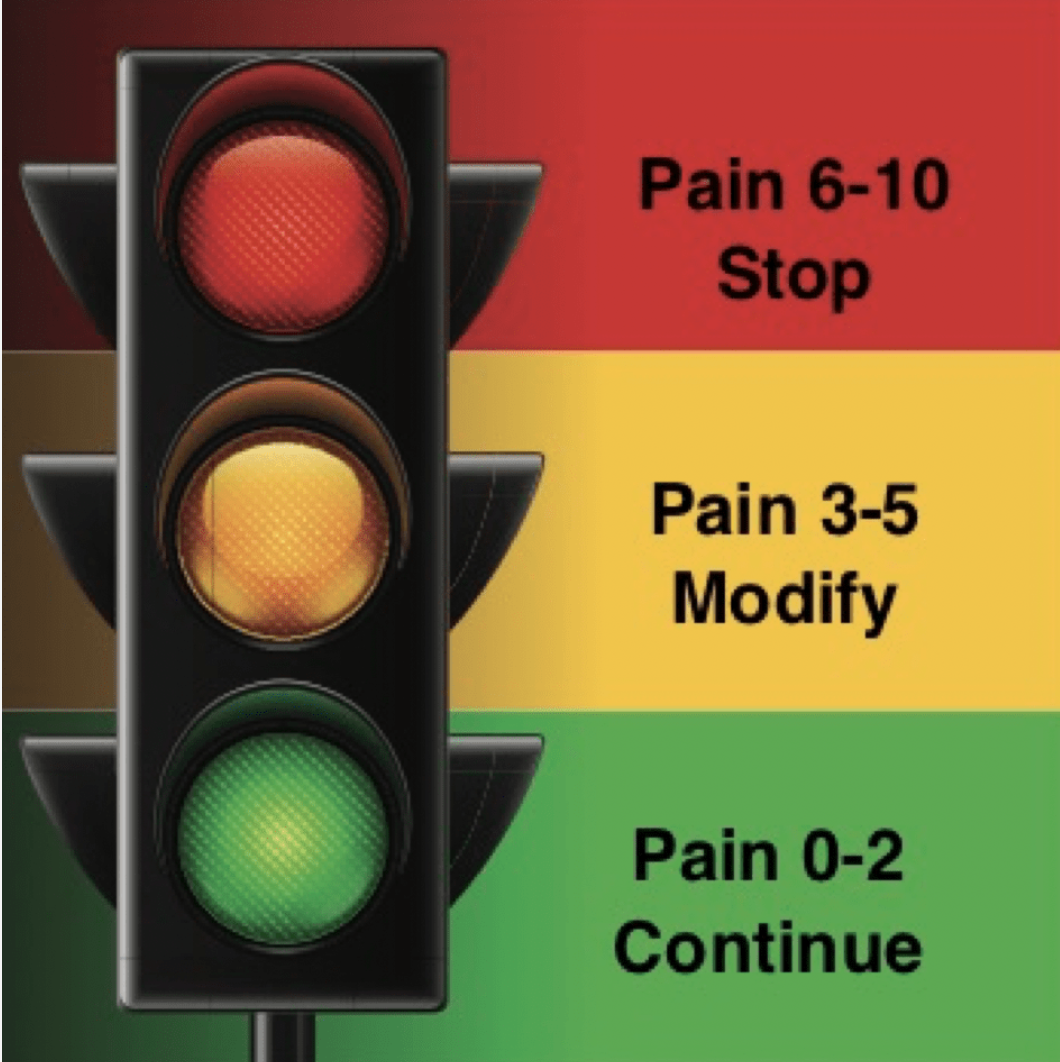Excited to take part in the #GoTheDistance Challenge. I’ll be running 200km in the month of October to help raise money to support people in chronic pain, particularly those in rural and remote parts of Australia. There is amazing work and research being done by Professor Lorimer Mosley & the research team involved at UniSA. My goal is to raise $500. If you would to donate, please see link below 🙏🏼
Finding your "WHY" as a runner
Running takes a lot out of you.
You wouldn’t be human if you didn’t at least once in a while think to yourself, why am I doing this again?
As the months and years tick by, running can become tiresome and less rewarding, as our bodies grow older and recovery takes a lot longer.
The initial spark that got us into running in the first place - such as athletic achievements and achieving personal best times - are not sustainable in the long run.
Rather than throwing lots of cheesy quotes to motivate you, how about we go back to your why.
For many runners, going back to rediscover their WHY can open a new portal to enjoy running for so many others reasons than just getting a new personal best.
When you have four or five reasons (or more) to keep you inspired, you are much more likely to stick with your running for the long haul.
STEP 1.
Please read through the following and tick 3-5 main reasons you choose to run:
General fitness
To improve physical health
To improve mental health
Set a challenge and achieve a goal
Socialising
Stress relief
Endorphin buzz
Want to beat a friend / relative
To be able to eat more freely
I just love running
To keep the knee joints healthy
Get some time to yourself
Improved vitality
To test my physical and mental abilities
To get time to listen to music or podcasts
To reduce stress from work/family
To improve self-esteem
To improve my mood and find a moment of joy in my day
To achieve the flow state
To explore a new region / part of the world
Weight control
Get out in nature
Step 2.
Now please arrange, in order of importance the reasons you run
I’d love to know in the comments - what’s your reason(s) for running?
Hamstring Tightness in Runners
Hamstring tightness is common in runners and often can persist for many months / years.
Stretching the hamstrings before or after a run seems to give some temporary relief at the time.
But the tightness, fatigue and pain often show up again the following day, and the day after that….with great frustration involved!
With research better informing our practice in the last few years, we now know stretching may actually be doing more harm than good for chronic hamstring tightness.
Some of the reasons why stretching your hamstrings might be harmful:
stretching has been shown to decrease a muscles capacity, making it more likely to cause a ‘spike in load’ during a training session. When it gets overloaded it get develop knots, trigger points and scar tissue
stretching more than about 20% intensity triggers off the bodies sympathetic nervous system (fight or flight mechanism) that causes the muscle to ‘protect itself’ through tightness and immobility
stretching leads to a compression and irritation of the hamstring tendon insertion - underneath the back of your hip (known as the ischial tuberosity or sit bone)
stretching too aggressively can irritate the sciatic nerve and increase the chance of developing lower back pain
stretching too aggressively can cause instability of the SIJ (Sacro-iliac Joint)
The bigger picture
If we zoom out and look at the bigger picture, that feeling of tightness / fatigue in the hamstrings is more of a protective response, a warning, that there is an imbalance in DEMAND relative to the hamstrings CAPACITY.
The only way to truly get over hamstring issues is to address this imbalance by firstly identifying and then modifying your high hamstring load/demand activities.
At the same time, begin a progressive strengthening program, to build the capacity of the hamstrings (see below for more detail).
Rather than doubling down on stretching, take it as a cue to reflect on how you are balancing your activities that relate to hamstring capacity.
How to decrease load on the hamstrings:
How to increase the capacity of the hamstrings:
When we assess runners local hamstring capacity, it can often be quite surprising to see how quickly it fatigues, even in elite athletes.
Working on gradually building eccentric hamstring strength is the preferred way to meet the demands of running.
The hamstring curl on the Swiss ball is my favourite exercise to achieve this.
This exercise will help strengthen AND lengthen the hamstrings, providing the capacity for increased performance and reduced injury risk.
A few tips:
Keep the hips high
Slowly lower the feet away
Continue reps until you feel fatigue reach an 8/10 fatigue level (approx 5-15 reps)
Don’t push to 10/10 fatigue as this will be too much and risk further stressing the hamstrings
Perform AFTER a run 1-2 x per week instead of stretching
Expect some soreness in the hamstrings 1-2 days after doing this (a good sign and will progressively get less as your capacity builds)
In clinical practice, if someone presents with chronic hamstring tightness, we would normally recommend 3-4 sessions of deep tissue massage release (and dry needling if required) to reset the muscles.
This allows us to ‘prepare the soil’ for the progressive strengthening program to have the best chance of growing capacity.
If you have any questions or comments, please feel free to leave below.
Disclaimer: This blog contains general information for educational purposes. Please check with your health care provider for specific advice for your situation.
Traffic Light Model To Guide Your SAFE Return to Movement
After an injury, it can be tricky to navigate your way back to your desired activities.
Sometimes it can be hard to know how hard to push yourself.
Using a ‘Traffic Light Model’ to guide and monitor your symptoms can be extremely useful and self-empowering.
Tuning into your body’s response to the loads you are placing on it are the key to improving over the long-term and gaining confidence in your ability to manage your condition.
DOWNLOAD THE FREE GUIDE HERE
AND GET BACK TO DOING WHAT YOU LOVE…
a
Hip Stability For Runners
The more stable your hips and pelvis are when you run, the less chance you have of getting injured
Here a four essential hip stability exercises for every runner (best performed straight after you run x2 per week)
1. Crab walks. Knees extended fully, feet pointed straight and pelvis tucked gently activating core. Slow steps work best 💥
.
2. Single leg bridge. Try and keep your hips level as you extend one leg straight. Remember to keep breathing!
.
3. Single leg squat with theraloop. Sit back into your hip (like you’re going to sit down & then straighten up, tucking your pelvis under and squeezing the glutes
.
4. Monster walks. Maintain pelvis tucked under with core activation and push back and diagonally
.
Please tag any runners you think might benefit from this workout & please let me know if you have any questions at all.
.
Happy running 😎
Other Blogs To Help You Move and Feel Your Best:















